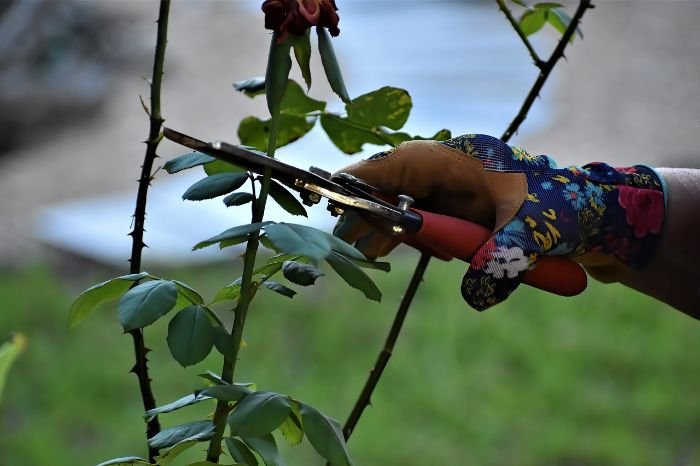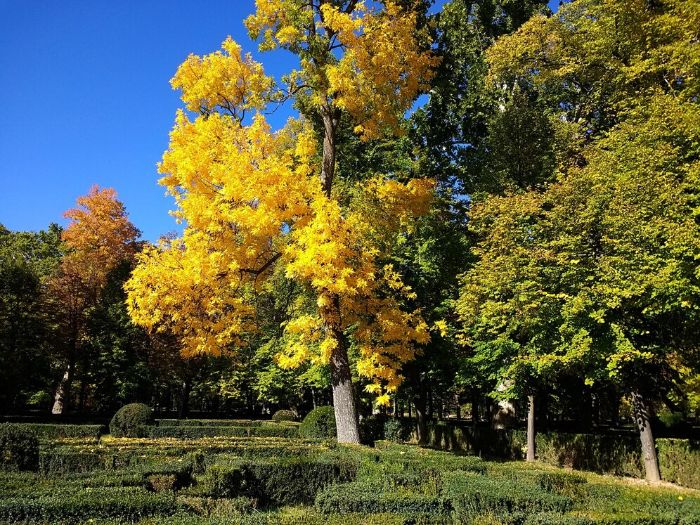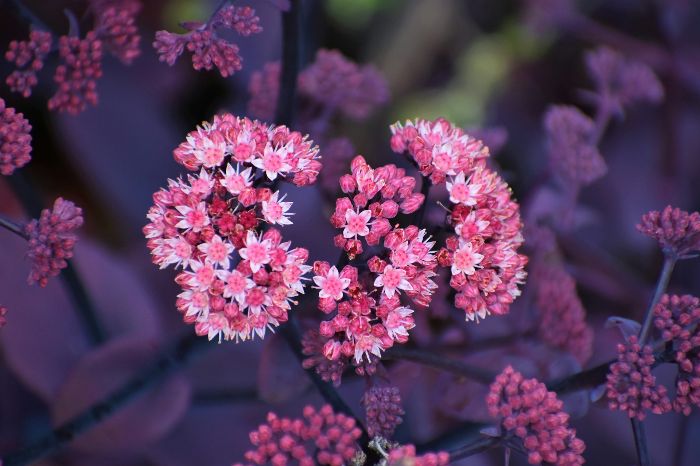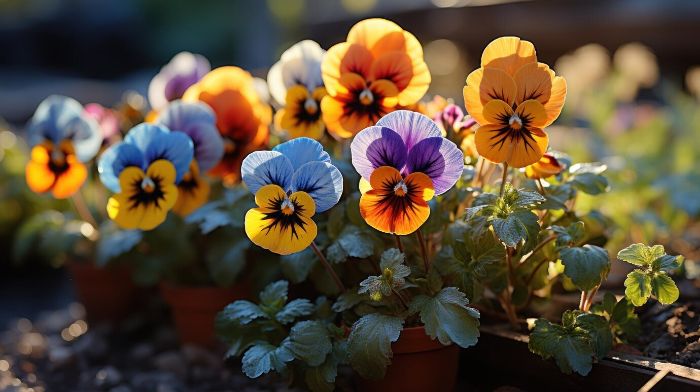Proper pruning can boost plant health and growth by as much as 30%. It involves the selective removal of branches or plant parts to guide development, improve structure, and reduce disease risk. This guide outlines the core principles of pruning, covering why it matters, when to prune for best results, and how to apply the right techniques with the appropriate tools.
Key Takeaways:
- Pruning can improve the health and growth of plants by up to 30%.
- Pruning is a crucial practice in gardening for promoting healthier growth and maintaining aesthetics.
- Understanding the reasons, timing, and techniques of pruning is essential for effective plant care.
- Proper pruning tools and their care are important for achieving desired outcomes.
- Following pruning safety measures and best practices ensures a safe and healthy environment.
Table of Contents
Pruning – A Core Gardening Strategy for Long-Term Health
Pruning is a foundational gardening skill that helps maintain plant vitality and shape. It enables gardeners to manage growth, encourage flowering and fruiting, reinvigorate aging or overgrown specimens, and reduce safety hazards caused by weak or misdirected branches.
Integrating pruning into regular plant care contributes directly to plant longevity and the garden’s visual harmony. Timely and strategic pruning helps align plant growth with your landscape goals while reducing the need for corrective maintenance later.
Getting Started with Pruning – Practical Guidelines
- Learn the specific pruning needs of your plant varieties to ensure proper timing and method.
- Monitor regularly for overgrowth, disease symptoms, and structural flaws that signal pruning is needed.
- Use well-maintained tools suited to each task, such as shears, loppers, or saws, and keep them clean to prevent disease spread.
- Apply appropriate techniques like heading, thinning, or reduction cuts depending on the desired outcome. For more detailed guidance on pruning techniques and best practices, refer to the Pruning Fundamentals guide by the University of California.
- Prioritize safety with protective gear and by being aware of surroundings, especially when working overhead.
By incorporating these gardening tips into your routine, you can ensure that pruning becomes an integral part of your plant care practices.
The Why – How Pruning Supports Plant Health and Design
Pruning plays a direct role in improving plant resilience and productivity. Removing dead, damaged, or diseased branches limits entry points for pests and pathogens while redirecting energy to healthy growth. It also encourages the development of new shoots and productive wood, enhancing the plant’s capacity to flower or bear fruit.
Beyond health improvements, pruning allows gardeners to influence the visual structure of their landscape. With consistent shaping, plants can be trained into hedges, topiaries, or open forms that support air circulation and aesthetic balance. A well-pruned garden looks intentional and well maintained, creating visual clarity without excessive growth.
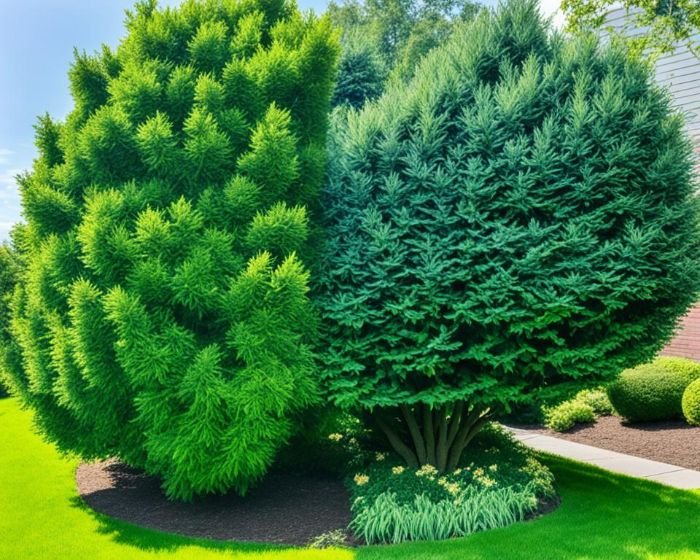
The When – Choosing the Right Time to Prune Effectively
Pruning at the right time can significantly improve plant recovery and growth. Most plants respond best to pruning during specific seasons, depending on their growth cycles. By aligning your pruning efforts with seasonal cues and plant signals, you avoid unnecessary stress and support stronger regrowth, especially for trees and shrubs.
Seasonal Pruning Guidelines
Each season presents different pruning opportunities based on plant behavior and dormancy. Understanding these seasonal patterns helps shape long-term plant development and encourages timely flowering and fruiting:
- Winter – Best time to prune deciduous trees while they are dormant. Remove damaged, diseased, or crossing branches to shape structure before spring growth begins.
- Spring – Prune flowering trees and shrubs after blooming. This preserves blossoms while preparing the plant for next year’s growth.
- Summer – Ideal for light shaping and managing fast-growing plants. Prune spring-flowering shrubs soon after blooms fade.
- Fall – Avoid major pruning as it can trigger new growth that may not harden before frost. Only remove dead or hazardous branches if needed.
Remember to research the specific pruning requirements for each plant you have in your garden, as some may have unique needs or specific timing preferences.
Signs It’s Time to Prune
In addition to seasonal timing, certain signs indicate a plant may require immediate pruning. Regular observation helps you take action before issues escalate:
- Overgrowth – When branches crowd each other or block light and airflow, pruning restores balance and shape.
- Disease or Pest Infestation – Wilting, discoloration, or abnormal growths can signal infection. Prompt removal limits spread.
- Weak or crossing limbs – These reduce structural integrity and can cause rubbing damage. Pruning strengthens overall form.
By staying vigilant and promptly addressing these signs, you can prevent further damage and maintain the health and beauty of your garden.
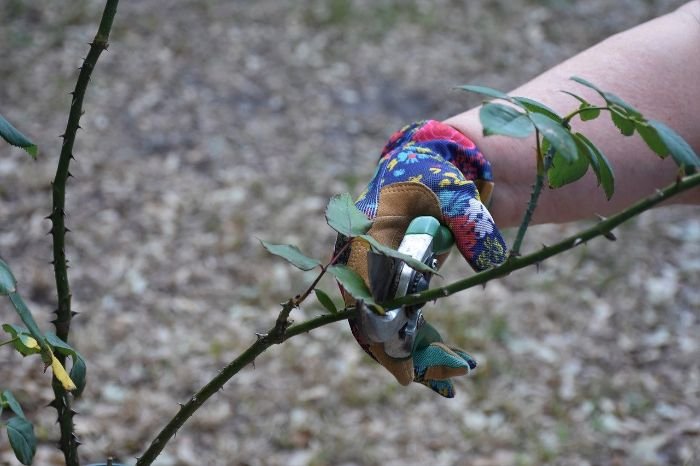
The How – Techniques and Tools for Smart, Clean Cuts
Applying the correct pruning techniques with the right tools improves plant health and shape while minimizing damage. Below are key methods and recommended tools to help make precise, clean cuts and maintain long-term plant structure.
Pruning Techniques for Healthy Growth
Pruning supports plant structure, air circulation, and energy allocation. The following techniques are widely used to manage size, stimulate new growth, and improve health:
- Heading cuts – Remove part of a branch back to a lateral bud to stimulate side shoots and create a fuller canopy.
- Thinning cuts – Remove entire branches at their origin to open the interior of the plant and improve airflow and light penetration.
- Reduction cuts – Shorten a plant’s size by cutting back longer branches to secondary growth points, preserving its natural shape.
By incorporating these pruning techniques into your gardening routine, you can ensure healthy growth and maintain the desired shape and size of your plants.
Essential Pruning Tools and Their Care
Using appropriate, well-maintained tools makes pruning safer and more effective. The following tools are common in garden care and should be kept clean and sharp for best results:
- Pruning shears – Ideal for soft stems and small branches. Disinfect regularly to prevent disease transfer.
- Lopping shears – Provide leverage for thicker branches. Oil pivot points and keep blades sharp.
- Pruning saws – Suited for branches over 1 inch thick. Use a coarse-toothed blade and clean after use to prevent rust.
- Pole saws – Useful for high branches. Check blade tightness and extension locks before each use.
Sanitizing pruning tools between plants helps prevent the spread of bacterial and fungal diseases like fire blight and powdery mildew. A solution of 70% isopropyl alcohol is recommended for quick disinfection during routine garden work.
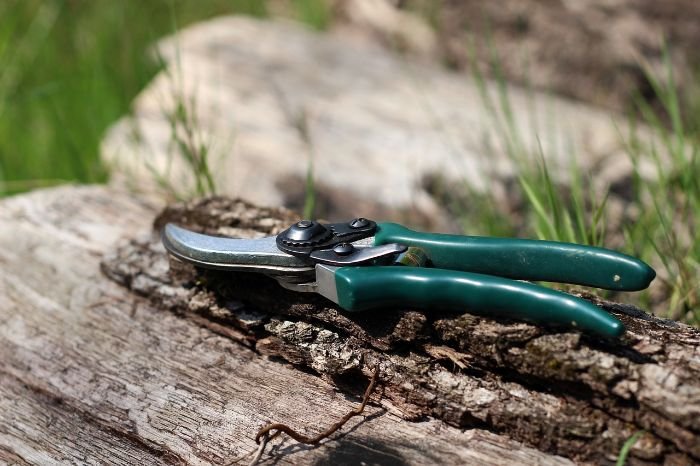
Safety and Best Practices – Pruning Without Risk
Pruning often involves sharp tools, repetitive motions, and elevated work – all of which pose real safety risks. Reducing these risks begins with preparation: understanding tool use, maintaining awareness of your surroundings, and following structured procedures makes the task safer and more controlled.
Wearing protective gear is non-negotiable when pruning. Use cut-resistant gloves, safety goggles or wraparound glasses, and sturdy clothing that covers arms and legs. This minimizes injury from sharp branches or flying debris, especially when working with overhead limbs or dense shrubs.
Safe cutting technique involves working close to the branch collar without leaving stubs that may rot or attract insects. Keep both feet planted securely when cutting overhead and always work below shoulder height when possible to avoid strain. Anticipate falling branches and never stand directly beneath the cut zone.
Before pruning, inspect tools for loose parts, dull blades, or cracks in handles. A sharp blade is safer than a dull one, as it requires less force and gives cleaner cuts. Clear the ground around the plant of hoses, tools, or fallen debris to maintain stable footing and reduce trip risks during movement.
Conclusion
Effective pruning isn’t about simply cutting back growth – it’s about guiding plants toward long-term structure, health, and productivity. By understanding when and how to prune, using clean tools, and staying alert to plant signals, gardeners create stronger, more resilient landscapes. Whether you’re shaping a hedge, reviving an old shrub, or removing diseased wood, a thoughtful approach delivers results season after season.
FAQ
Why is pruning important in gardening?
Pruning helps plants stay healthy, safe, and well-shaped. It removes weak or infected growth, encourages new shoots, improves airflow, and allows gardeners to manage size, shape, and structure for long-term success.
What are the main benefits of pruning for plant health and garden aesthetics?
For plant health, pruning reduces the spread of pests and disease, strengthens structure, and improves light exposure. Aesthetically, it allows controlled shaping of plants into hedges, forms, or clean silhouettes that enhance the garden’s design.
When is the right time to prune most plants?
Timing depends on plant type and growth cycle. Deciduous trees are best pruned in winter dormancy, flowering shrubs after blooming, and fast growers during summer. Avoid heavy pruning in autumn, as new growth may not harden before frost.
How can pruning be done safely and effectively?
Use sharp, clean tools and wear protective gear. Make cuts near the branch collar, not through it, and avoid overreaching. Always inspect your surroundings and remove obstacles to prevent slips or falling hazards.






